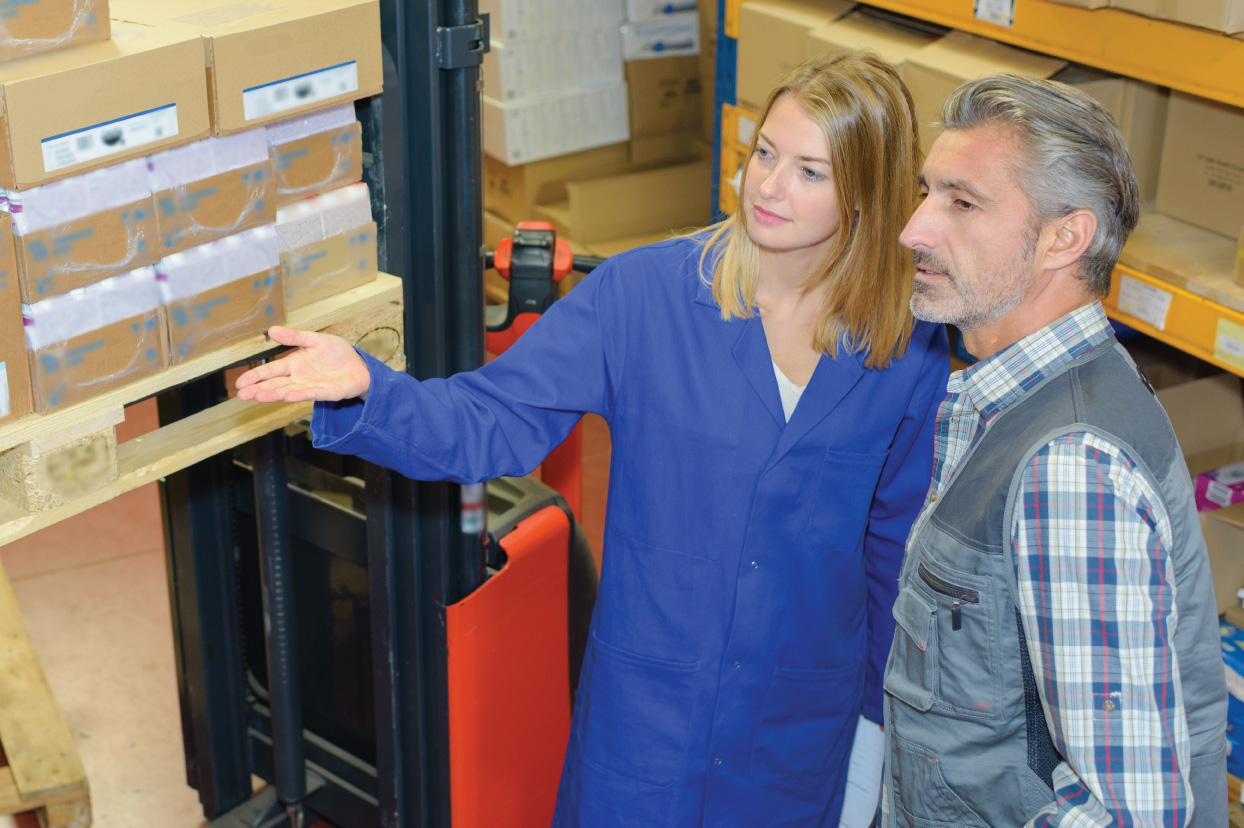April 11, 2018
How loss prevention visits target business safety risks
SFM’s team of loss prevention representatives, comprised of occupational health and safety professionals, understand workplace safety and how to prevent injuries.
To get to know a company's unique safety risks and provide strategies to address the risks, our loss prevention team spends most of their time visiting and working one-on-one with employers. The frequency of in-person visits depends on company size and nature of the business.
We want to understand their current processes and current risks. Then we can begin finding a solution for the risks.
~ Lee Wendel
What to expect during a loss prevention visit
For the initial visit, the loss prevention representative will meet with the business owner, a safety manager or perhaps someone from human resources or the head of operations. The visit typically takes about 45 minutes and can include a walk-around of the facility.
A visit with a loss prevention representative serves two purposes:
- Educating you about SFM’s loss prevention services and answering any questions
- Learning about your organization, operations and unique safety risks
The second purpose of the visit helps the loss prevention representative develop a thorough understanding of your business’s needs, its safety program and current processes.
Knowing how your business operates and cares for employees will help us work together and provide you with the right resources to reduce safety risks unique to your business. To do that, we ask about several areas, including:
- Operations
- Hiring practices
- Safety program
- Common exposures, such as driving or outdoor work
- Return-to-work program
“Part of learning about the operation is seeing the work in action,” says Loss Prevention Technical Leader Lee Wendel. “We want to understand their current processes and current risks. Then we can begin finding a solution for the risks. Whenever we can, we want to be part of the solution.”
The loss prevention representative will ask questions about workers’ core functions to identify risks for work injuries. They then come up with strategies or resources to reduce or eliminate those risks.
For example, if any of your employees drive as part of their day-to-day work, they’ll ask about your seat belt and cell phone use policies. When visiting a healthcare facility, safe patient handling training and equipment will be discussed.
By the end of the visit, you will know more about the resources SFM can offer you, and our team will be able to provide customized recommendations to help meet our shared goal of keeping workers safe.
Want more content like this?
Get the latest Simply Work Comp blog posts in your inbox.





